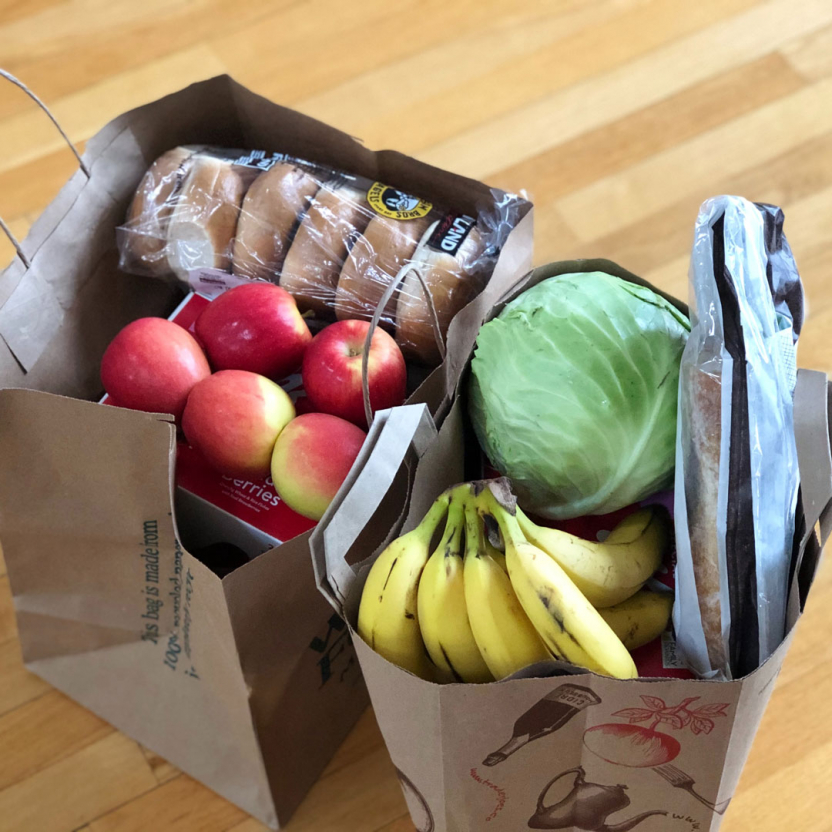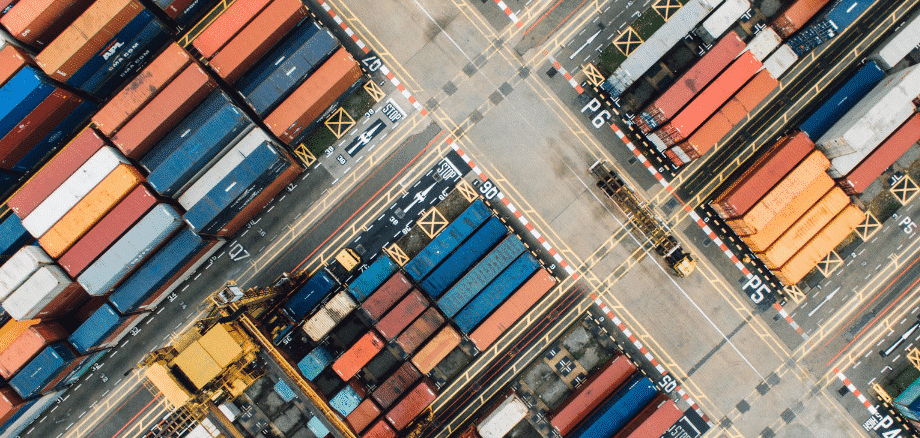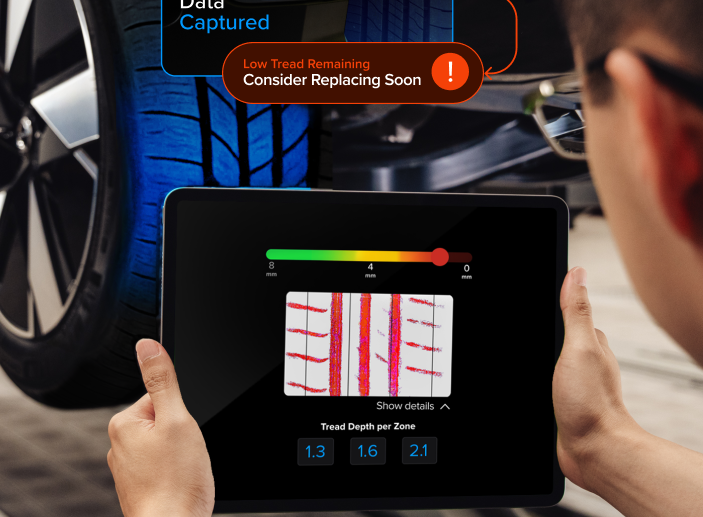
Combining ID and Barcode scanners in a single mobile device for Couriers
Online shopping has experienced significant growth in recent years, with global e-commerce sales projected to reach $6.56 trillion in 2025, marking an 8.4% increase from the previous year.
Beyond this rapid expansion, consumer behavior is evolving. Once dominated by non-perishable goods, online purchases now include a broader range of groceries, including age-restricted items like alcohol, tobacco, and prescription medications. This shift presents both an opportunity for online businesses and a new challenge for last-mile delivery companies that must comply with strict legal regulations.
With more deliveries subject to age restrictions imposed by national and federal laws, couriers must adapt to ensure compliance while maintaining efficiency. The growing demand for seamless, secure deliveries has made it essential for drop-off couriers to implement advanced verification tools.
To meet regulatory requirements without compromising speed, delivery services integrate sophisticated barcode scanning and ID verification technology. These tools enable couriers to verify the recipient’s age in real-time, reducing legal risks and operational slowdowns.
For couriers and delivery personnel, the challenge is balancing compliance with efficiency—ensuring that age-restricted deliveries remain secure without creating unnecessary friction in the process.
Jump to key topics
Jump to key topics

1. Why do couriers need to scan IDs during deliveries?
When delivering age-restricted goods, verifying the recipient’s age is crucial. Previously, couriers manually checked IDs by matching names and birthdates. However, as consumers demand safer and faster contactless delivery, modern couriers need mobile ID scanning solutions. Traditional verification methods are prone to errors and inefficiencies, increasing risks for businesses. Moreover, customers now expect quick, hassle-free transactions, and delivery delays due to manual ID checks can negatively impact satisfaction.
Benefits of Contactless ID Scanning:
- Automates verification, improving delivery speed and accuracy, ensuring couriers complete their routes efficiently.
- Reduces physical contact, increasing safety for both couriers and customers.
- Enhances customer satisfaction, as 75% of consumers report that a poor delivery experience would discourage repeat purchases.
- Minimizes verification errors, reducing the risk of legal consequences and fines.
- Provides a digital audit trail, making regulatory compliance easier and more transparent.
2. Why should couriers scan IDs electronically?
Manual ID verification is prone to human error, which can lead to compliance issues and financial penalties for last-mile delivery companies. Additionally, with relaxed signature requirements, fraudsters can more easily claim non-receipt of orders, increasing financial risk. Inaccurate or incomplete verification processes may lead to deliveries being made to underage recipients, exposing companies to potential legal action and reputational damage.
How Electronic ID Scanning Helps:
- Records digital proof of ID verification to prevent fraudulent claims and legal disputes, providing an added layer of security.
- Ensures compliance with local and national regulations to avoid penalties that could otherwise arise from incorrect ID validation.
- Reduces delivery errors and enhances operational efficiency by enabling couriers to verify IDs quickly without interrupting workflow.
- Protects businesses and couriers by keeping a digital record of every verified delivery, which can be crucial in case of customer disputes.
- Increases accountability and provides a seamless, contactless experience that aligns with consumers’ expectations.
3. How can ID and barcode scanning solutions limit TCO?
To manage deliveries efficiently, couriers typically use multiple tools, including:
- Barcode scanners for tracking orders and inventory.
- ID scanners for secure age verification and regulatory compliance.
- GPS systems for real-time tracking and route optimization.
- Proof of Delivery (PoD) software for confirmation and accountability.
- Route optimization tools for efficient navigation and fuel savings.
- Tracking software to enhance accuracy and provide real-time updates.
Using multiple devices increases total cost of ownership (TCO) and adds complexity for couriers. Challenges include:
- Workflow inefficiencies from switching between devices, leading to delays and potential delivery errors.
- A steep learning curve for couriers unfamiliar with multiple tools, increasing training costs and potential onboarding delays.
- Higher operational costs due to the purchase, maintenance, and management of multiple devices, which can strain logistics budgets.
- Greater chances of technical failures and downtime when using different hardware solutions for various functions.
How Can Companies Reduce TCO?
A rising trend in logistics is Bring Your Own Device (BYOD), where couriers use a single smartphone or tablet instead of multiple devices. However, for BYOD to be effective, companies need to integrate barcode scanning and ID verification software into one unified system. This consolidation improves efficiency, reduces costs, and enhances the overall courier experience. Additionally, investing in mobile-first solutions eliminates the need for specialized, costly hardware, streamlining operations and making device management easier.
4. How can last mile delivery companies integrate ID and barcode scanning in drop off courier tools?
To streamline last-mile delivery, companies should invest in mobile scanning solutions that work directly on smartphones and tablets. This eliminates the need for multiple hardware devices and simplifies the delivery process while ensuring secure and efficient order completion.
Benefits of Mobile Scanning Solutions:
- Seamlessly integrates with existing delivery applications, ensuring smooth operations.
- Allows scanning of barcodes and IDs in various conditions (low light, bad weather, offline environments).
- Eliminates the need for separate scanning hardware, significantly reducing costs.
- Enhances security by securely storing digital verification records, ensuring compliance.
- Improves tracking and audit processes, making the entire workflow more efficient.
- Reduces device clutter for couriers, allowing them to focus on deliveries rather than managing multiple pieces of hardware.
Anyline’s Barcode and ID Scanning SDK provides a powerful mobile scanning solution that integrates into delivery management apps. This enables couriers to verify IDs and scan barcodes using a single mobile device, improving efficiency, reducing costs, and enhancing service quality. By leveraging mobile scanning technology, businesses can ensure seamless deliveries while reducing operational burdens.

